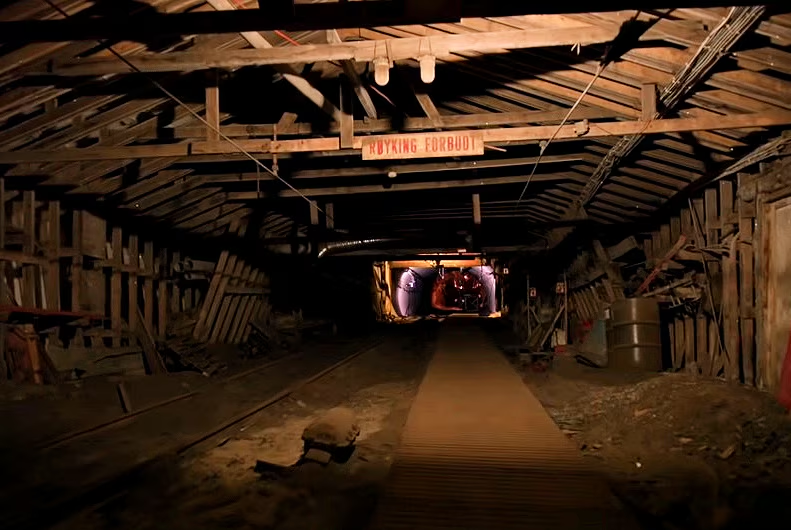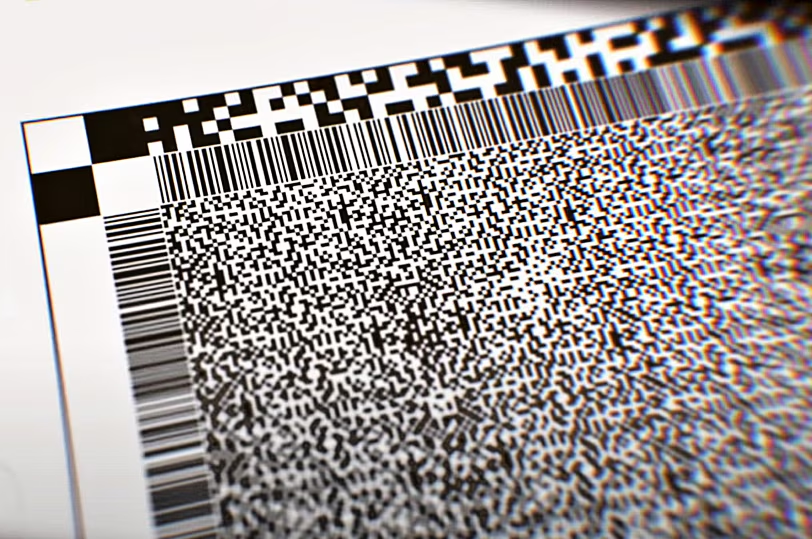Data is the currency of the future. In uncertain times of XXI century, filled with wars and conflicts, it is more critical than ever to protect data from potential catastrophe. But how exactly? A seemingly problematic question led people to a simple soluton. Why not burying things underground? This is what happened to staggering 21 Terabytes of computer code, which included operating systems, programming languages and many important projects made by developers around the world.
Welcome to Svalbard
Have you ever heard about a place, where live as little as 2500 people, but from over 50 countries? The permafrost territory so safe to be considered the most peaceful zone in the world. A place where humanity lives in accordance to a wild, untamed nature…
Welcome to Svalbard – a Norway archipelago located far north from Europe, in a relatively close distance to North Pole. A place known for its harsh living conditions, northern lights and… polar bears. One of the most iconic part of Svalbard nowadays is an abandoned coal mine, that stores the cultural heritage of humanity underground. Ancient manuscripts, masterclass paintings, song albums, and more. All of them hidden in one place for an important reason – to protect what’s really important.

It all started with seeds…
Let’s go back to October 2004. An organization named IPGRI (International Plant Genetic Resources Institute; nowadays known as Bioversity International) asked Norwegian goverment for permission to create a global facility in Svalbard. The idea behind that was innovative for the time. IPGRI wanted to create a safe space for various plant species, to prevent them from extinction. The Norwegian Goverment had accepted the request from IPGRI and decided to fund the project.
The final result of above agreement caught the spotlight on 26th of February 2008. Svalbard Global Seed Vault was oficially opened. The facility was serving as a global archive, that stored samples of seeds from the globe in controlled environment. Keeping thereby plants safe was highest priority. After all, in case of any natural disaster or irrevocable plant extinction, they could be easily recovered thanks to samples stored in the vault.
Amount of stored seeds in Global Seed Vault is continously increasing. As of February 2025, the vault contained over 1.1 million seeds from over 177 species. Despite already enormous size of a collection, the Seed Vault can store tripple the amount.
Rise of Arctic World Archive
The success of Global Seed Vault is a probable reason (although not officially confirmed) why a data preservation firm named Piql catched up on idea and decided to create their own vault. With support from mining company – Store Norske Spitsbergen Kulkompani (SNSK) – they managed to build a new store, hidden in the heart of abandoned coal mine. The opening date was Monday, 27th March 2017. A new building was named “Arctic World Archive”, which importance to humanity is increasing year by year.

What those vaults have in common is that they both are located in Svalbard, in just a 1 mile distance from each other. However, a newly built one was not supposed to be storing plants, but data… A various kinds of data; both of cultural and historical value. In fact, the first things being deposited inside, were Brazil’s Constitution and Independence Act of the Mexican Empire. These items got locked inside the vault during the Arctic World Archive opening ceremony on 27th March of 2017.
The vault collection have expanded since then, and as of 2025, it does contain goods from over 30 countries. Below you can find a brief list of the most remarkable ones:
- Vatican Library – a collection of centuries-old manuscripts, ancient books and documents
- “The Scream” – a very popular expressionism painting by Edward Munch
- “Music for the Jilted Generation” – an iconic EDM album by Prodigy (from July 4th 1994)
- Taj Mahal – photographies, movies and 3D models of most well-known monument in India
There is one more, arguably the most impressive contribution to Arctic World Archive. A huge submission of 21 Terabytes of code, which is the final outcome of Github Archive Project, that even got its own name – the Arctic Code Vault.
Github Archive Program
The Github Archive initiative was first announced at Github Universe conference held on 13th November 2019. The event was hosted by Microsoft – the owner of Github platform. Github is an online place for developers to host open-source code repositories that utilize Git architecture. Contents of many then repositories was planned to be archived in Arctic World Archive vault in Svalbard. That was supposed to be the final step of Github Archive Program.
The next step was to create a snapshot of every active & public repository on Github. Snapshot means saving the current state of the service. You can think of it as taking a selfie, representing you from given time, but viewable later in the future. The snapshot was taken on 2nd of February 2020 – and contained many repositories, including ones that held operating systems, programming languages and more:
Among its treasures are the source codes for the Linux and Android operating systems, the programming languages Python, Ruby, and Rust, and the web platforms Node, V8, React, and Angular.
After creating the snapshot, Github cooperated further with Piql company. The goal was to record and save gathered data into rolls of digital, photosensitive film. For such large dataset of 21 Terabytes, the number of rolls required was exactly 186. On each of them, there was a small guide on how to recover the data. In all cases data is QR-encoded and compressed as densely as possible.

To get a better idea on how huge set of data we are mentioning, let’s refer to the research from ABC News:
If someone who types at about 60 words a minute sat down and tried to fill up all that space, it would take 111,300 years
Lastly, five months later from taking the snapshot, on July 2020, a Github and Piql cooperation has come to a satisfying end. The film rolls have been delivered and stored inside an abandoned coal mine in Svalbard, where Arctic World Archive is located. The rolls will remain there for hundreds of years, ready to use in case of global catastrophe – either natural or caused by humans.



I think other website owners should take this web site as an example , very clean and superb user genial layout.
Thanks, really appreciate you enjoy the website!